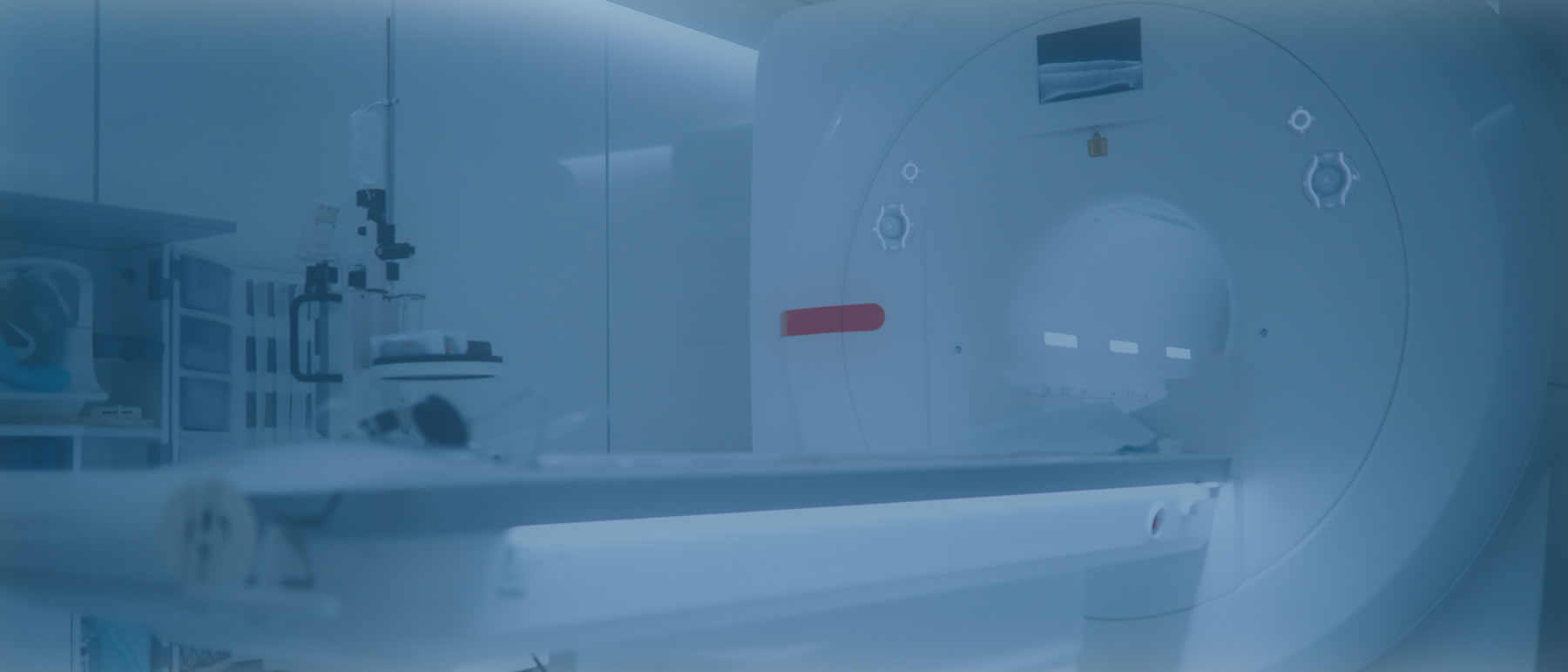Medical Imaging of Fredericksburg is proud to provide state-of-the-art medical imaging tests and procedures throughout Fredericksburg, Stafford, Spotsylvania, and beyond.
Our fully ACR accredited facilities are staffed by qualified, caring imaging teams dedicated to the comfort of our patients and in-house Board-Certified, Fellowship Trained Radiologists. There’s no need to travel elsewhere for medical imaging tests and procedures. MIF is proud to offer the latest advancements in medical imaging, at the lowest costs in the region.
We Are Here For You
At Medical Imaging of Fredericksburg, our patient’s health and comfort is our highest priority. That’s why we proudly offer medical imaging services across multiple locations, so our patients have easy access to the care they deserve.



Imaging Spotlight: Heart Health for Dad
This Father’s Day, give the gift of health. Heart disease is the leading cause of death for men in the United States, and early detection is key. In fact, a large percentage of people with heart disease first learn about it after a heart attack. At MIF, we provide the most accurate non-invasive imaging test for Coronary Arterial Disease, allowing us to catch heart disease early and suggest healthier steps forward.
